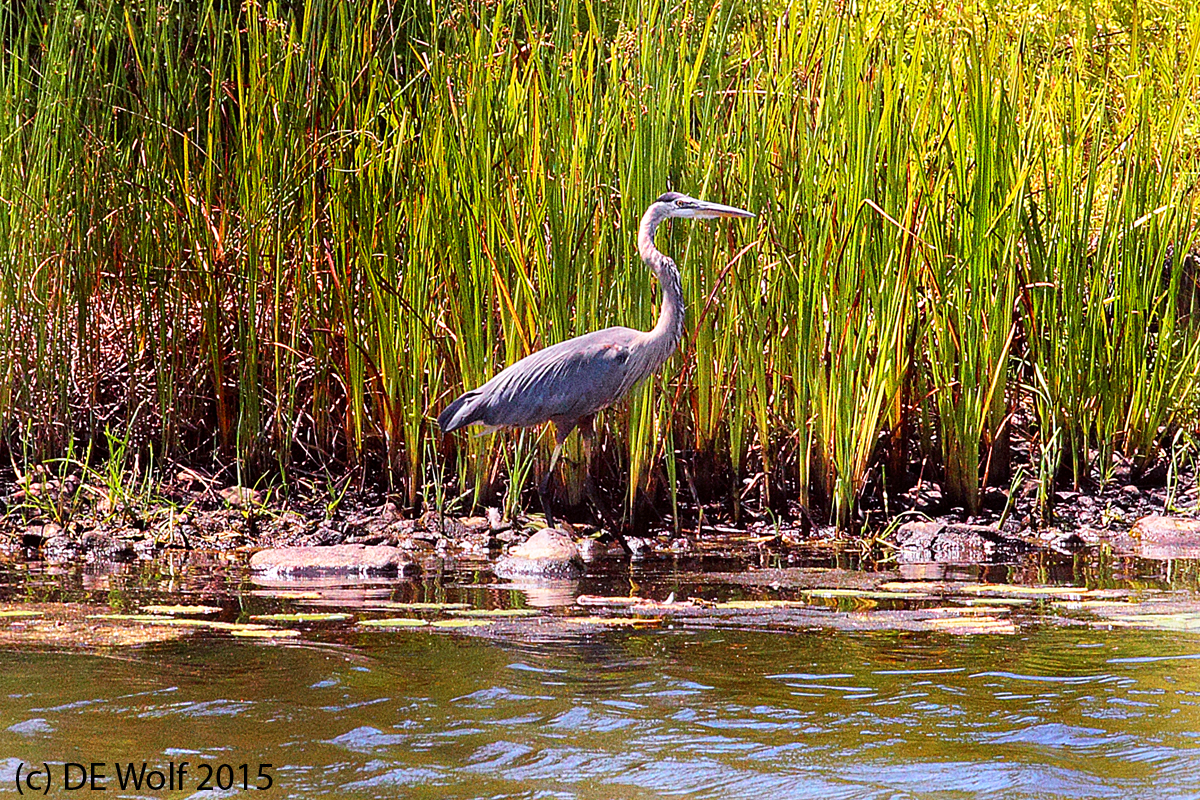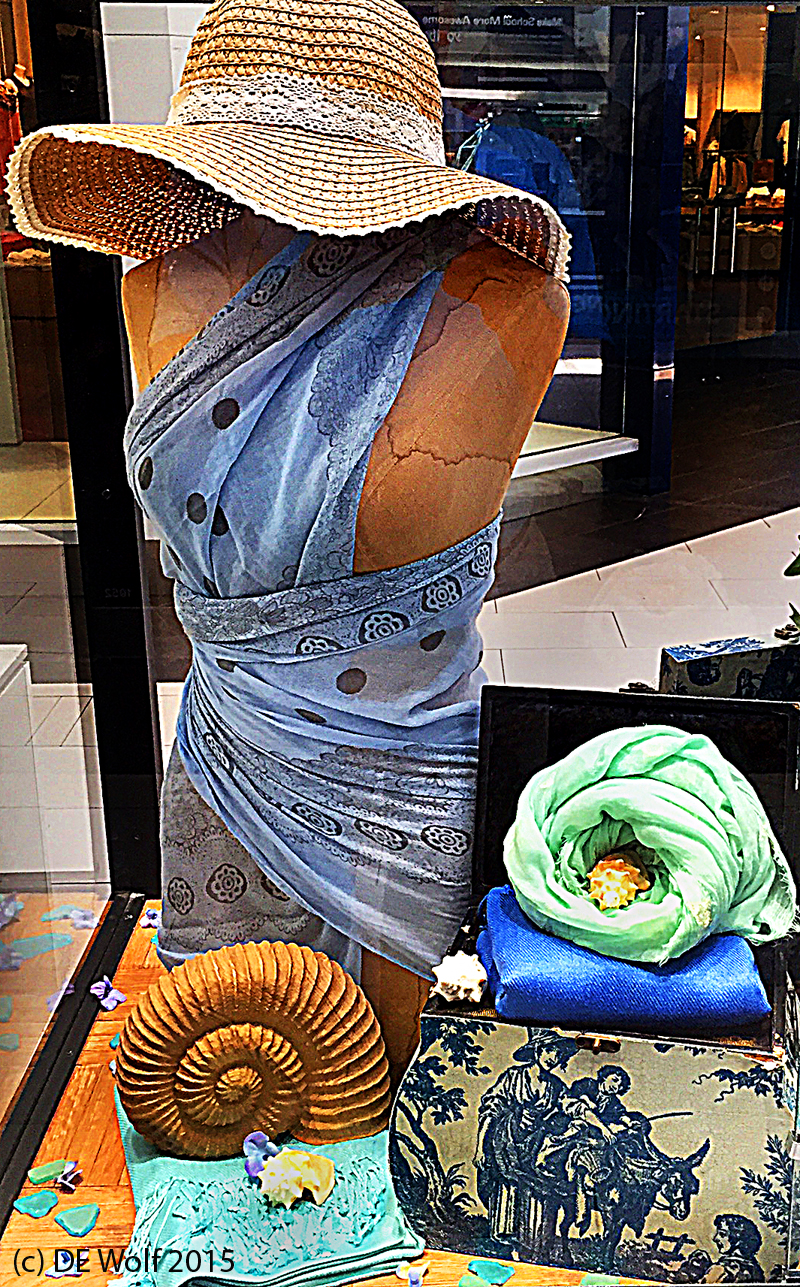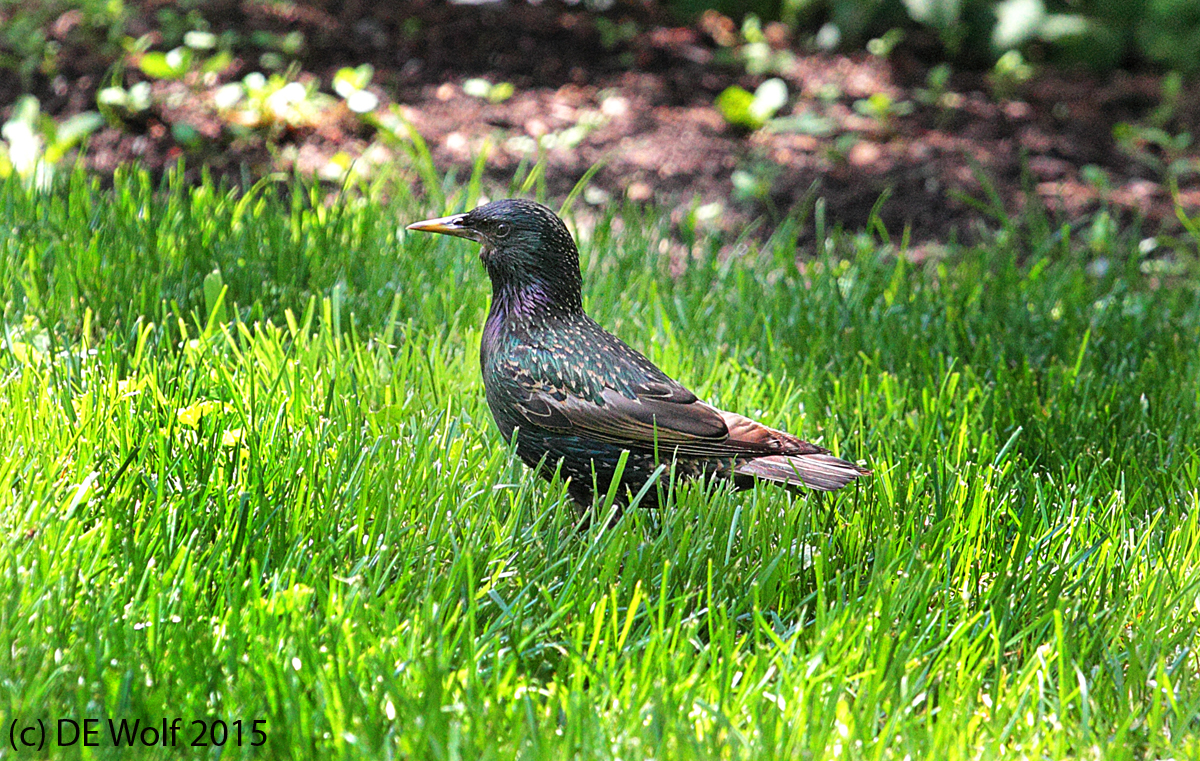Category Archives: Uncategorized
Blogstyle – Wedding!
CBRE Urban Photography of the Year Awards
The CBRE Urban Photography of the Year Awards for 2015 have been announced and these are some truly wonderful photographs. First about CBRE, because I think it quite notable. CBRE is a leading global real estate services and investment firm. In creating the CBRE Urban Photographer of the Year competition, their aim is to enhance our understanding of the “built environment” on a global scale by seeing urban areas through different eyes. And for every entry in the Urban Photographer of the Year competition, CBRE makes a donation to leading children’s development charity, Plan International.This I think is significant, because 53 % of the world’s population live in urban environments and this is expected to climb to 70% by 2050. So to seeing people as they live and work in our cities is a defining and uniquely human perspective.
There are several stunning images among this year’s winners. I would particularly note the grand prize winner Oscar Rialubin’s black and white portrait of a watchmaker in Qatar entitled ‘Xyclops.’ Really this is everything that a black and white portrait should be – dramatic lighting, vivid sharpness, and compelling pathos. And second is the winner of the European, Middle Eastern, and African Award, Armen Dolukhanyan’s touching photograph entitled ‘Couple Policemen,’ which catches an intimate moment between a Ukrainian policeman and police woman. This is truly the decisive moment.
Standard Post Format
 The Road Not Taken
The Road Not Taken
BY ROBERT FROST
Two roads diverged in a yellow wood,
And sorry I could not travel both
And be one traveler, long I stood
And looked down one as far as I could
To where it bent in the undergrowth;
Then took the other, as just as fair,
And having perhaps the better claim,
Because it was grassy and wanted wear;
Though as for that the passing there
Had worn them really about the same,
And both that morning equally lay
In leaves no step had trodden black.
Oh, I kept the first for another day!
Yet knowing how way leads on to way,
I doubted if I should ever come back.
I shall be telling this with a sigh
Somewhere ages and ages hence:
Two roads diverged in a wood, and I—
I took the one less traveled by,
And that has made all the difference.
Great blue heron – Ardea herodias
By far the king of Massachusetts water birds is the elegant Great Blue Heron – Ardea herodias. They walk stealthily along the sides of ponds and nest high in inundated trees creating an inspiring sense of timelessness and Jurassic splendor. I have been away from Fresh Pond for two weeks. So yesterday I braved what the weatherman had warmed me was “oppressive” heat and humidity and went out for my usual walk. I was rewarded by a great blue heron across Little Fresh Pond from me just in front of the bull rushes. He was arguably a little further than my 70 to 200 mm could really handle. But he was glorious.
Canon T2i with EF70-200mm f/4L USM lens, ISO 1600, Aperture Priority AE mode, 1/2000th sec at f/7.1 with no exposure compensation
What’s wrong with this picture?
As the song goes: “By the sea, by the sea, by the beautiful sea…” So it is summer here in New England, and on a hot muggy Sunday I was walking around the local mall, mercifully air conditioned, and came across a display case, where I took the IPhone snap of Figure 1. It is not of great photographic interest to be sure. The display is meant to convey the sense of a summer’s outing to the beach. Great! But what’s wrong with this picture? What beach where? Or more importantly what beach when?
That curly sea shell is actually a fossil ammonite. The ammonoid cephalopods first appeared 400 million years ago in the Devonian and became extinct at the close of the Cretaceous about 66 million years ago. The Shakespeare 1500 year anachronism of a clock in Julius Caesar pales by comparison to this scene off by 66 million years at least. The fact is that for much of their time, ammonites ruled the sea as fearsome predators. Recognize that some species were enormous, much bigger than us. I once saw a National Geographic documentary where a diver went down at night to photograph giant Humboldt red squid and almost got eaten alive. So have a little respect. But fortunately this summer, you do not need to worry about aggressive cephalopods, and if you are swimming along the US east coast need only concern yourself with great white sharks. Or you could just stay out of the water, people!
European starling – Sturnus vulgaris
Hmm! The starling is another one of those Rodney Dangerfield bird species that, like the American robin, whose Latin name is turdus migratorius and who “don’t get no respect.” The European starling’s Latin name is Sturnus vulgaris. I mean really? Sure they are aggressive and can wipe out a bird feeder in minutes. But they gotta eat too! How would you like to go through life with the last name “vulgaris?” They are the black clouds of birds that flock and delight us in winter. And as I hope Figure 1 reveals. they are in fact quite beautiful in their iridescence (Jacob’s amazing dream coat for sure) and delicate spots.
The story of the starling in America is one of literary origin. They are an introduced species. Some sixty starlings were released in 1890 into New York’s Central Park by Eugene Schieffelin, who was president of the American Acclimatization Society, which tried to introduce every bird species mentioned in the works of William Shakespeare into North America. A Today such behavior would not be encouraged. Around the same time, the Portland Song Bird Club released thirty-five pairs in Portland, Oregon. The west coast birds disappeared by 1902. But the tenacious east coast birds have followed the American western migration swelling in number and distribution. Today it is estimated that there are 150 million European starlings distributed from southern Canada and Alaska to Central America. This includes Portland, Oregon and it includes the Fresh Pond Reservation in Massachusetts. I found this beautiful example in the grass by the Water pump house.
“The king forbade my tongue to speak of Mortimer. But I will find him when he is asleep, and in his ear I’ll holler ‘Mortimer!’ Nay I’ll have a starling shall be taught to speak nothing but Mortimer, and give it to him to keep his anger still in motion.”
Henry the Fourth, Part I
William Shakespeare
Canon T2i with EF70-200mm f/4L USM lens at 184 mm, ISO 1600, Aperture Priority AE Mode, 1/1000th sec at f/7.1 with no exposure compensation.
The Reverse Turing Test
Not surprisingly, I spend a lot of time maintaining the Hati and Skoll website. All websites nowadays have several levels of protection against “them evil spammers and hackers.” Recently WordPress, which is the fundamental engine beneath all of this added a simple “CAPTCHA” to the administrative login and this has worked wonders. A CAPTCHA, as I’m sure many of you know, is a simple question that, hopefully, only a human can answer. In WordPress’ case its a simple math question like “1 + 3 = ?.” If you try to comment on Hati and Skoll you’re asked to read a little bit of graphic text. That’s another form of CAPTCHA.
What struck me was that the CAPTCHA is a “Reverse Turing Test.” Alan Turing was interested in the concept/question of machine intelligence. He introduced his test in his landmark 1950 paper “Computing Machinery and Intelligence, Turing begin the paper with the words: “I propose to consider the question, ‘Can machines think?'” He then morphs this question to one that is, perhaps, more accessible “Can machines do what we (as thinking entities) can do?” We imagine an interaction between a human and a computer where the computer tries to prove to the human that he/she too is human by answering questions. As you can imagine there is a rich Science Fiction literature around this concept and for 65 years we have been intrigued with the question (and creeped out by the movies) how a machine could trip us up and prove to us that it is also human.
Well, fast forward to the modern day. The question has essentially reversed. Indeed, the acronym CAPTCHA stands for “Completely Automated Public Turing test to tell Computers and Humans Apart.” Computers are not proving to us that they are human. Rather we are proving to them that we are human, remain human. The deeper question is, of course, who’s in charge?
The altar of the god EtOH
As I have said before the good thing about cell phone cameras is that they are always with you- always ready to take a photograph. The bad thing, of course, is their lack of control, especially optical zoom. Still while the world awaits the new cell phones with this zoom feature, we may be content to photograph within the camera’s limitations – after all the camera’s limitations are really our own. Now doesn’t that smack of profundity?
Saturday, my wife and I were having lunch at The Cheesecake Factory – made newly famous, I suppose, by Penny and Bernadette on “The Big Band Theory.” The CheeseCake Factory decor is faux or pseudo-Egyptian. suppose that this is meant to conjure up exotic mental images of a twenties style speakeasy, when the world was gaga about the discovery of King Tut’s tomb. I was struck yesterday by the backlighting on all of the liquer bottles at the bar. It required quite a bit of roatting and tilting to get the perspective right. That, thanks to Adobe Photoshop, and then there was the cropping. the result of all of this is Figure1, which in tribute to the Egyptian polytheist view of the world I have dubbed: “The Altar of the god EtOH.”




